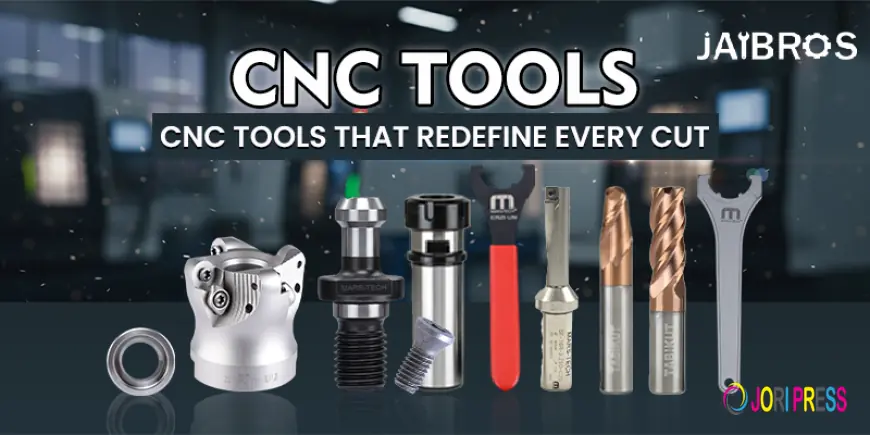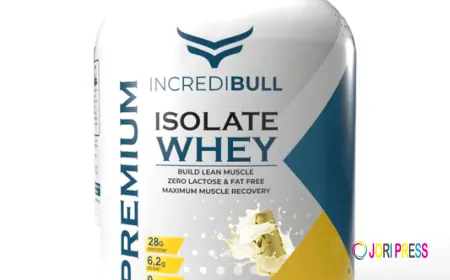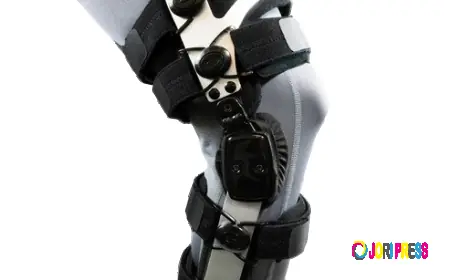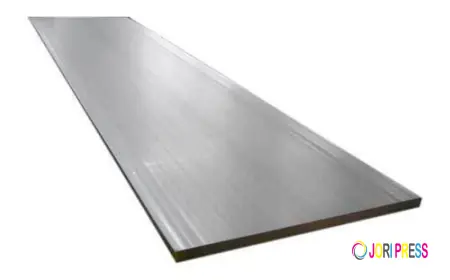Top U Drill Tools for Accurate & Efficient CNC Machining
Explore the best U Drill solutions for precision CNC machining. Learn about inserts, sizing, pricing, and how they improve drilling accuracy and productivity.

Best U Drill Solutions for Precision CNC Machining
Precision CNC machining demands dependable drilling tools that can maintain accuracy, consistency, and speed across various materials. In today’s competitive manufacturing environment, the U-drill has emerged as a preferred choice among machinists, engineers, and production supervisors. Its ability to deliver tight tolerances, smoother hole finishes, and reduced cycle time makes it ideal for high-volume machining operations.
Whether in automotive component production, aerospace parts machining, or heavy industrial fabrication, achieving fast and accurate hole-making plays a major role in overall productivity. With the right tool selection and machining strategy, manufacturers can significantly enhance operational output and reduce tool-related expenses.
The reason why many manufacturers depend heavily on U-drills during the process of CNC machining:
CNC machining has an emphasis on repeatable precision, with drilling being one of the major contributors toward cycle time. The use of a U-drill will allow for the removal of several of the basic steps found when utilizing conventional drills, such as the need for spot drilling or pilot drilling. The resulting reductions of these steps provide measurable improvements in workflow efficiency. A U-drill is designed specifically to handle the increased feed rates needed by today's manufacturers, allowing their operators to drill more holes in a shorter amount of time while maintaining the same quality standards.
Machine shops that utilize U-drills benefit from reduced tool change times, reduced spindle loads, consistent removal of chips, and increased dimensional accuracy. These factors make the U-drill a smart investment for those industries that have the need for high productivity and stable machining processes.
How Inserts Enhance Performance in U Drills
One of the biggest strengths of this drilling solution lies in its replaceable inserts. A u drill insert is designed to withstand extreme cutting forces, improve tool life, and enhance chip control. Rather than replacing the entire drill, machinists only need to replace the worn insert, resulting in lower operational costs and reduced downtime.
Different coatings, geometries, and edge designs allow a u drill insert to perform efficiently across materials like stainless steel, alloy steel, cast iron, and aluminum. Selecting the right insert grade ensures smoother cutting action, less vibration, and improved surface finish.
Choosing the Right Diameter for Accurate Machining
Hole-making accuracy begins with selecting the correct diameter and depth. Many machinists rely on a u drill size chart to determine the ideal tool specification for their CNC machines. These charts provide information on compatible inserts, drill lengths, recommended feeds, and suitable hole depths.
Understanding u drill size also helps operators avoid issues like deflection, oversized holes, or excessive tool wear. By comparing application needs with a u drill size chart, machinists can confidently choose the right tool for steel, aluminum, or hardened alloys. This ensures better chip evacuation, fewer tool failures, and improved machining repeatability.
Accurate selection of u drill size not only improves hole precision but also supports longer spindle life and better production planning.
Pricing and Cost Considerations in Manufacturing
Budget plays an important role in tooling decisions. A u drill price may vary depending on brand quality, diameter, shank design, and insert compatibility. Higher-grade models often offer longer tool life, better coolant performance, and improved structural rigidity, making them more cost-efficient in long-term production.
Before finalizing a u drill price, machining units should evaluate insert availability, durability, technical support, and expected annual usage. Prioritizing value over cheap pricing ensures better performance and fewer production interruptions.
Productivity Benefits for CNC Workshops
Manufacturers choosing this drilling solution often experience measurable productivity results:
-
Faster cycle completion per job
-
Improved tool stability during high-speed cutting
-
Reduced downtime for tool changing
-
Enhanced hole accuracy and surface finish
-
Lower tooling and maintenance expenses
These improvements help CNC facilities deliver consistent output, maintain high customer satisfaction, and increase profitability. When operators follow proper feed, speed, and coolant recommendations, the u drill performs reliably across various industrial machining environments.
Future of Drilling in CNC Machining
Automation and smart manufacturing continue to reshape machining processes. As CNC technology evolves, drilling tools must support broader material compatibility, longer tool life, and advanced chip management. The u drill fits well into this technological shift by offering efficiency, flexibility, and durability—qualities that modern production facilities value most.
Final Thoughts
To ensure superior hole quality, faster machining speeds, and reduced operating costs, many industries now prefer the u drill over traditional drilling solutions. When paired with the right insert grade, machine parameters, and maintenance habits, it becomes a reliable, long-term solution for precision CNC machining. Jaibros is a trusted supplier of industrial cutting tools, offering high-quality drilling solutions designed for accuracy, durability, and productivity. Their product range supports CNC workshops, factories, and fabrication units with reliable performance, competitive pricing, and excellent customer assistance—making them a dependable partner for modern machining needs.
FAQs
1. What industries commonly use indexable drilling tools?
Automotive, aerospace, and fabrication workshops; machine tool manufacturers; and heavy engineering companies frequently rely on indexable drilling solutions.
2. Do these drills require special machine settings?
Standard CNC machines can operate them, but correct feed rates, coolant flow, and workpiece stability must be maintained.
3. How do machinists determine compatible insert types?
They check material hardness, spindle speed capacity, and recommended cutting parameters before selecting inserts.
4. Are indexable drills suitable for large-volume production?
Yes, they are ideal for mass production because they reduce cycle time and maintain consistent hole accuracy.
5. Can they be used on hardened or alloyed materials?
With the correct insert grade and cutting conditions, they can machine a wide range of tough industrial metals.
What's Your Reaction?
 Like
1
Like
1
 Dislike
0
Dislike
0
 Love
0
Love
0
 Funny
0
Funny
0
 Angry
0
Angry
0
 Sad
0
Sad
0
 Wow
0
Wow
0






















































